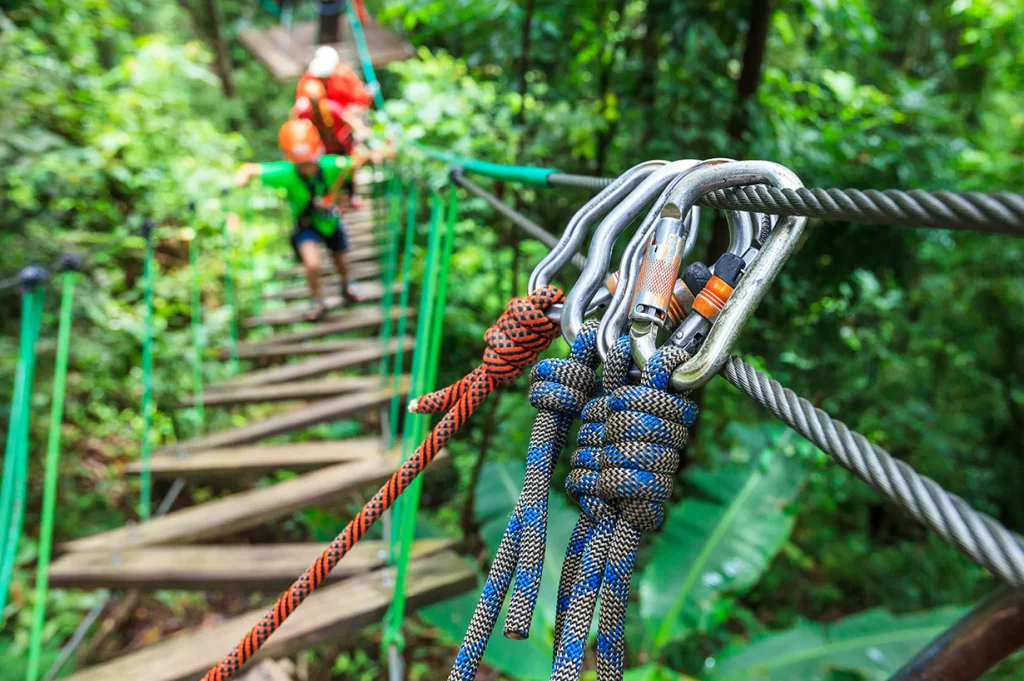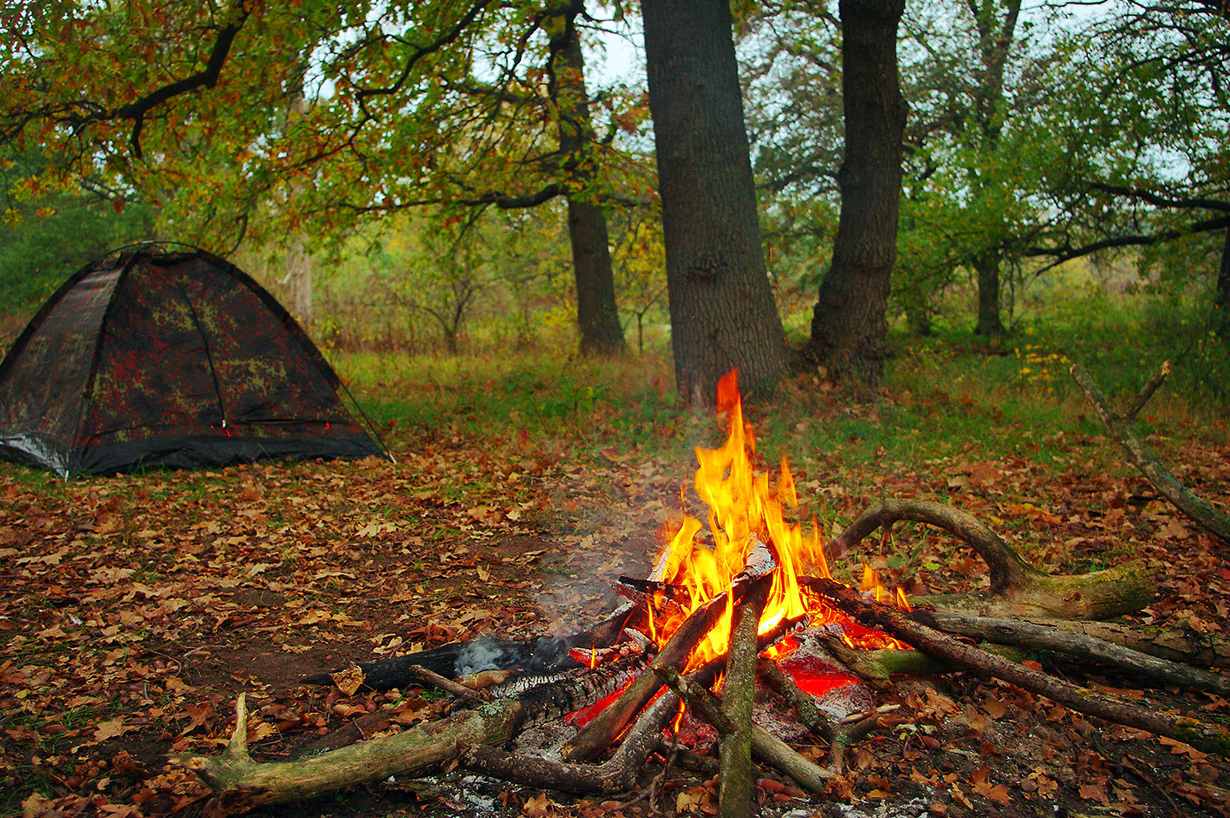
Rock Climbing Gears and Ropes
Rock climbing gears and ropes are essential equipment used by climbers to ensure safety and enhance performance while scaling vertical or rocky terrains. These tools play a crucial role in protecting climbers from falls, providing stability, and facilitating their ascent. Let’s take a closer look at some of the key rock climbing gears and ropes commonly used by climbers.
- Harness: A climbing harness is worn around the waist and thighs, providing a secure attachment point for the climber. It distributes the force evenly in case of a fall and allows climbers to hang or rest while on the wall. Modern harnesses are designed to be lightweight, comfortable, and adjustable for a personalized fit.
- Helmet: Climbing helmets protect the head from falling rocks, debris, and potential impacts during a fall. They are typically made of lightweight and durable materials such as polycarbonate or ABS plastic, with an inner foam liner for shock absorption. Helmets are crucial for mitigating the risk of head injuries.
- Climbing Shoes: Specialized climbing shoes are designed to provide maximum grip on the rock surface, allowing climbers to find secure footholds. These shoes have a sticky rubber sole and a snug fit to enhance sensitivity and precision while climbing. Climbing shoes help climbers maintain balance, improve edging, and perform intricate footwork.
- Carabiners: Carabiners are metal clips with a spring-loaded gate used to connect various pieces of climbing equipment. They come in different shapes, sizes, and locking mechanisms. Climbers use carabiners to attach their harness to the rope, connect slings, or secure other gear. They are essential for maintaining safety and creating anchor systems.
- Climbing Rope: Climbing ropes are dynamic and designed to absorb the energy of a fall, reducing the impact on the climber and their gear. Modern ropes are made of a durable core of nylon fibers with a protective woven sheath. Ropes come in different diameters and lengths, depending on the type of climbing and personal preference.
- Quickdraws: Quickdraws consist of two carabiners connected by a sturdy nylon or Dyneema sling. They are used to connect the rope to bolts or anchors on the climbing route. Quickdraws allow climbers to clip into the protection points efficiently, minimizing rope drag and ensuring a smooth ascent.
- Slings and Webbing: Slings and webbing are versatile pieces of climbing gear used for building anchor systems, extending protection points, or creating temporary belay anchors. They are made of strong and durable materials like Dyneema or nylon and can be tied into various configurations to suit different climbing situations.
- Belay Devices: Belay devices are mechanical tools that allow the belayer (the person managing the rope) to control the rope’s speed and lock it off in case of a fall. Common types of belay devices include tubular devices, assisted-braking devices, and auto-locking devices. They are crucial for safe and efficient rope management during climbing.
- Ascenders and Descenders: Ascenders are mechanical devices used to ascend a rope efficiently. They grip the rope securely and allow climbers to ascend with less effort. Descenders, on the other hand, are used for controlled descents or rappelling. They provide friction and braking assistance while descending.
- Protection Devices: Protection devices, such as nuts, cams, and hexes, are essential for traditional or “trad” climbing. These devices are placed in cracks and fissures in the rock to create secure anchor points and protect against falls. They provide passive protection and are removable, allowing climbers to place and retrieve them as needed.
It’s important for climbers to understand the proper use, maintenance, and inspection of their gear and ropes. Regular inspection, following manufacturer guidelines, and receiving proper training are crucial for


